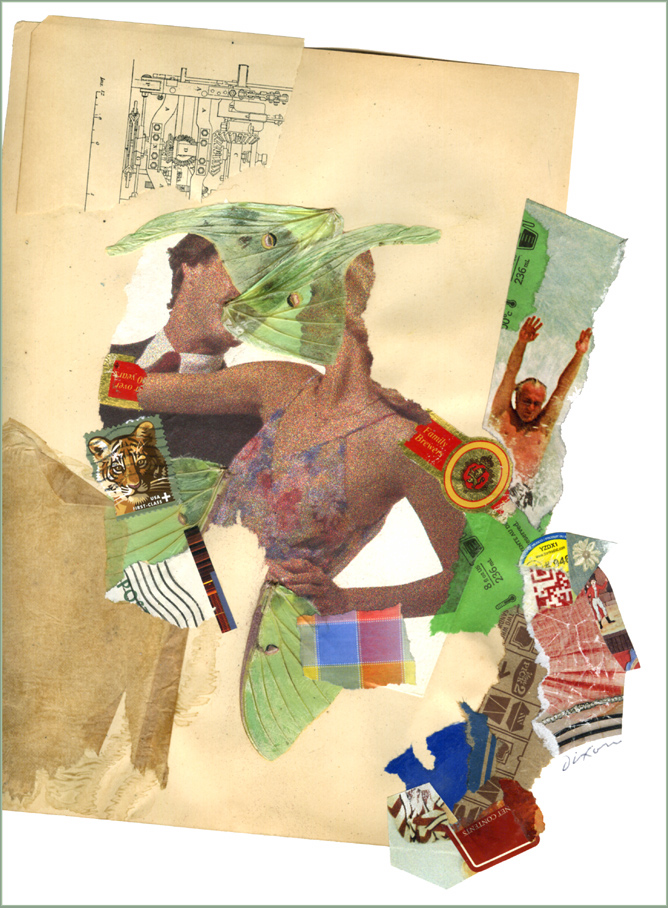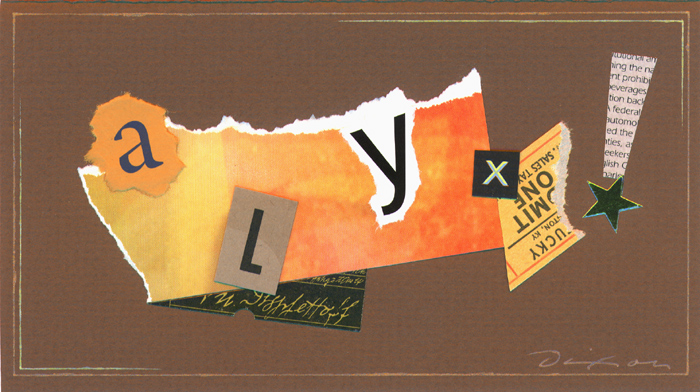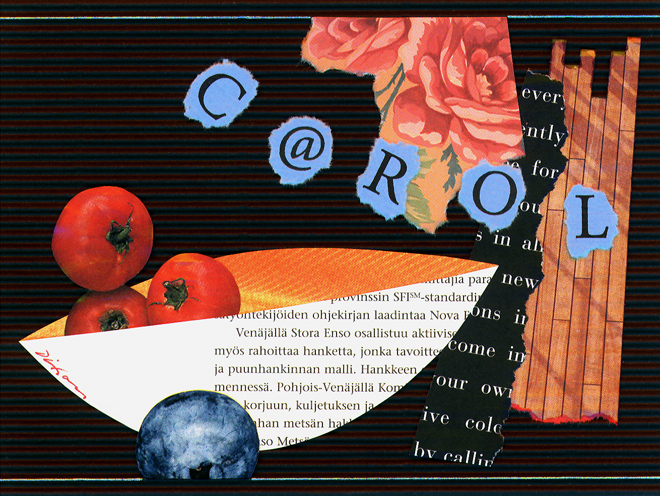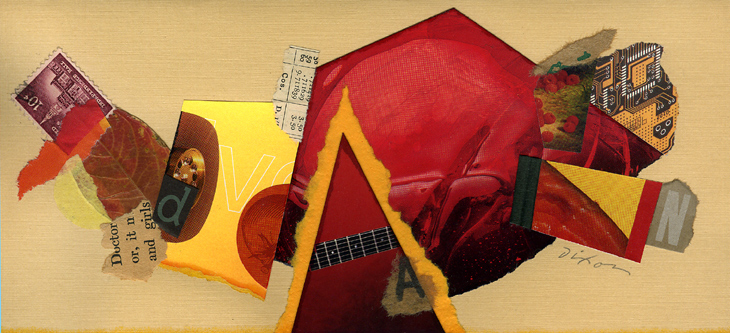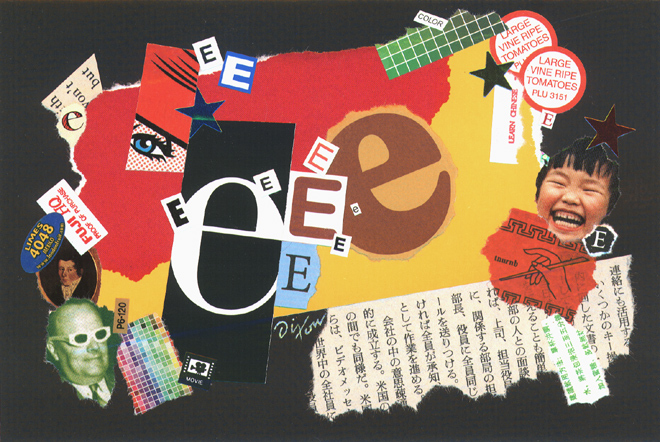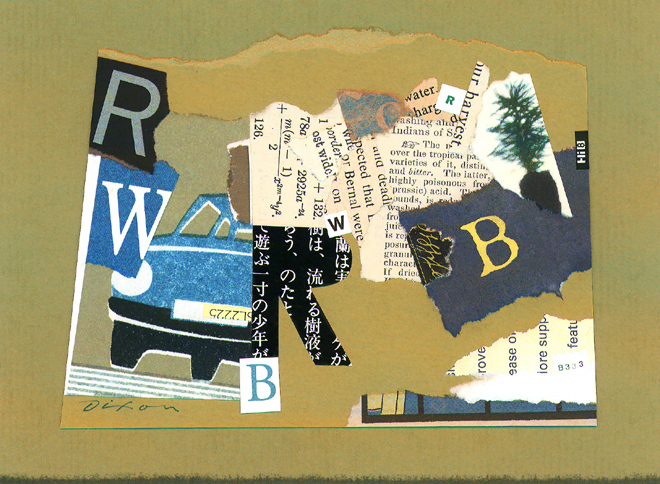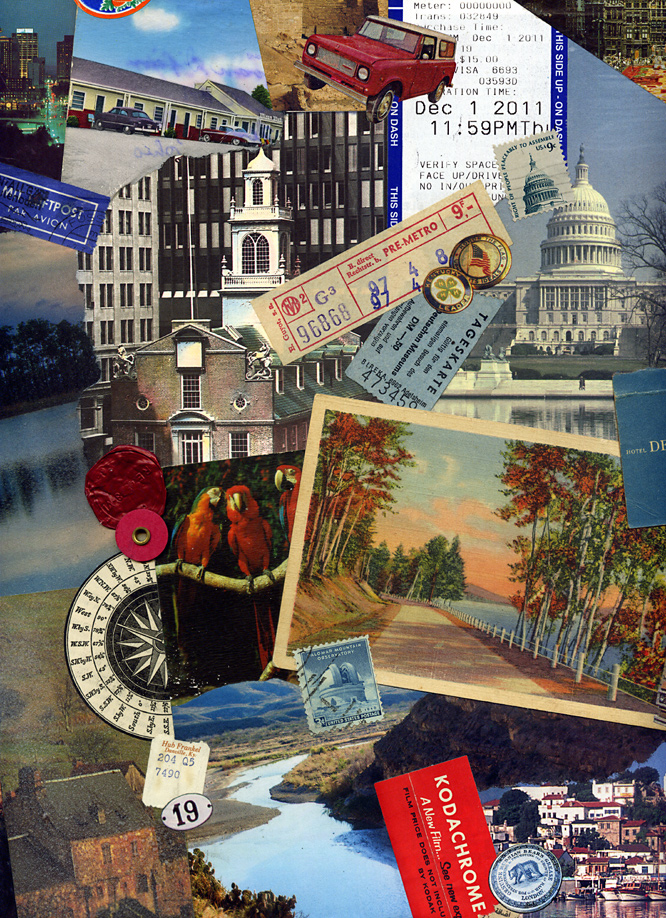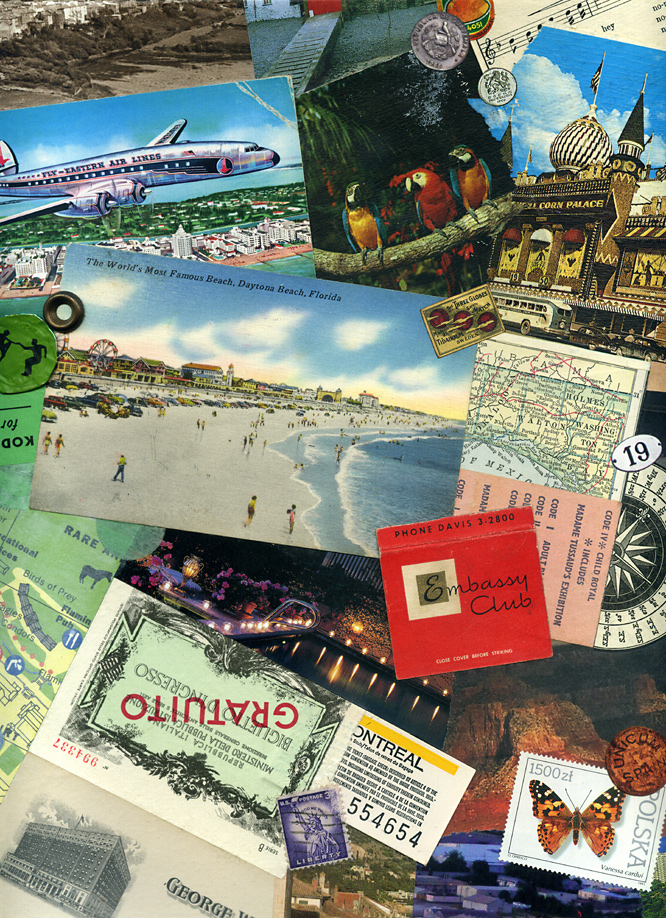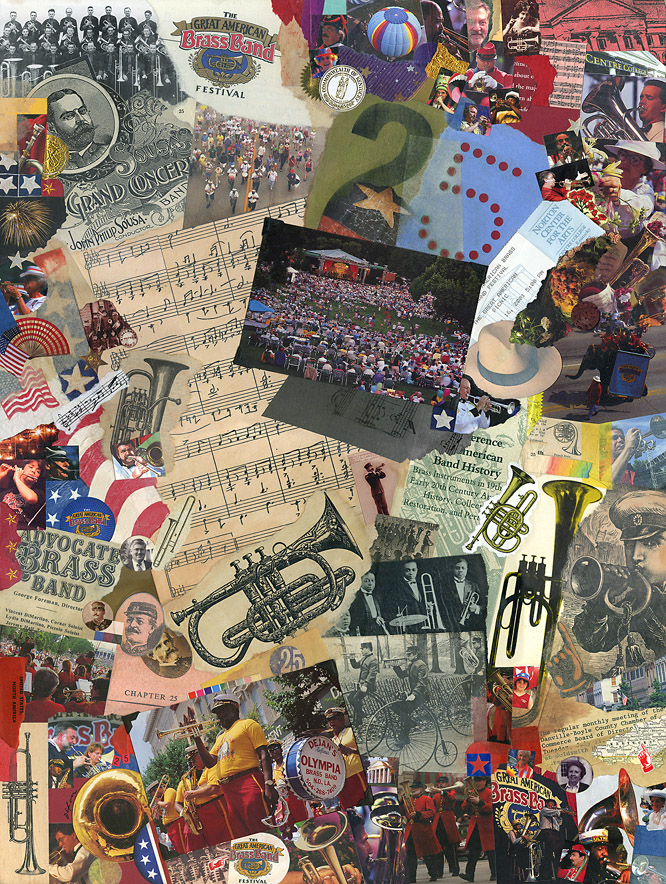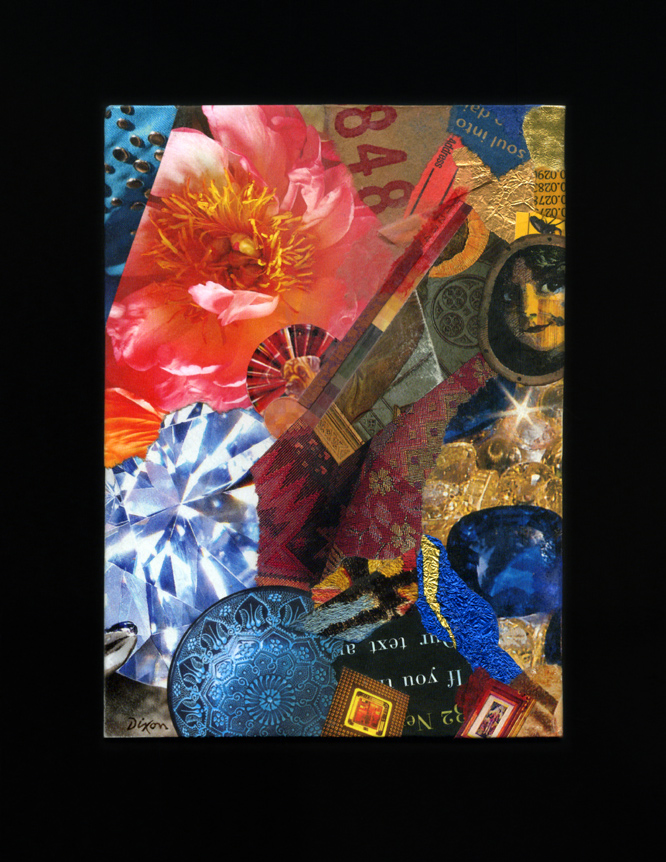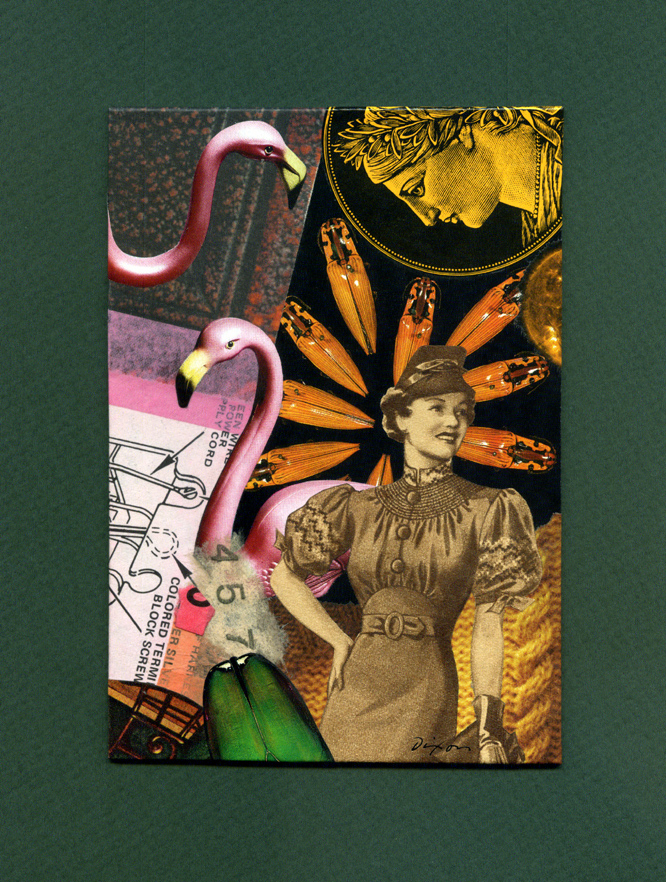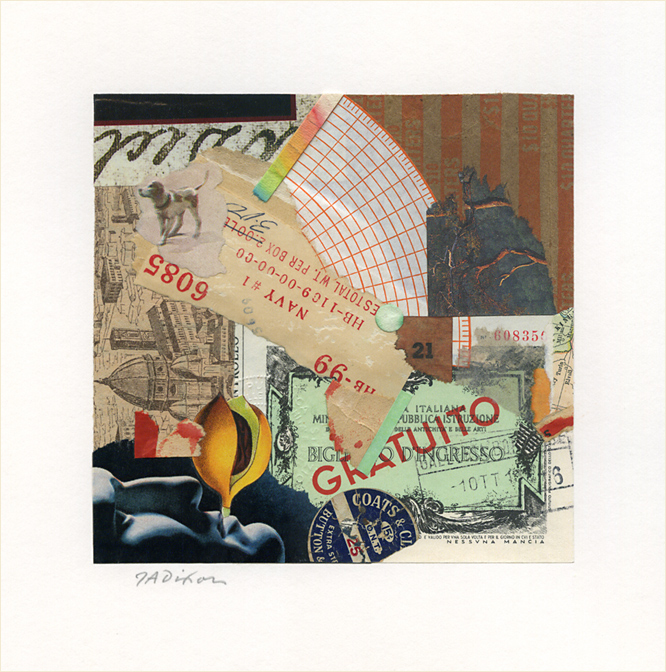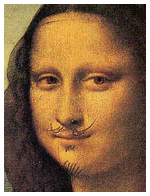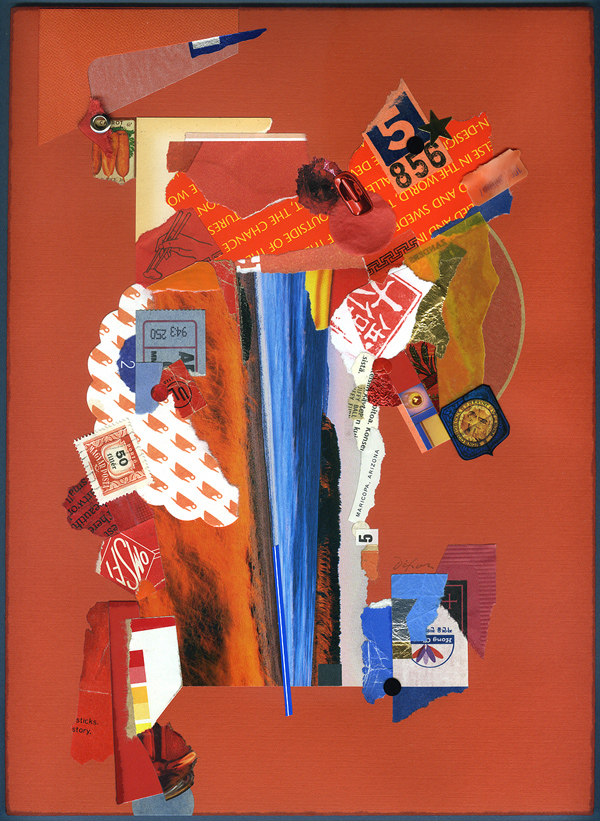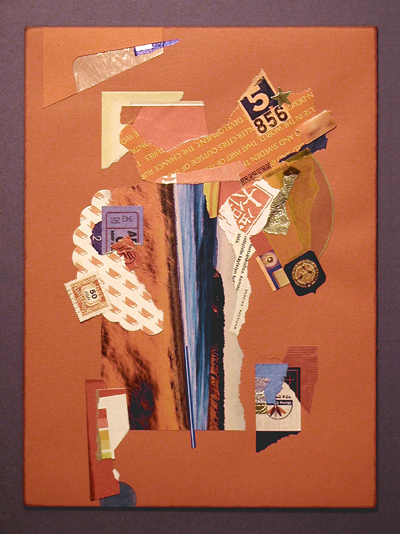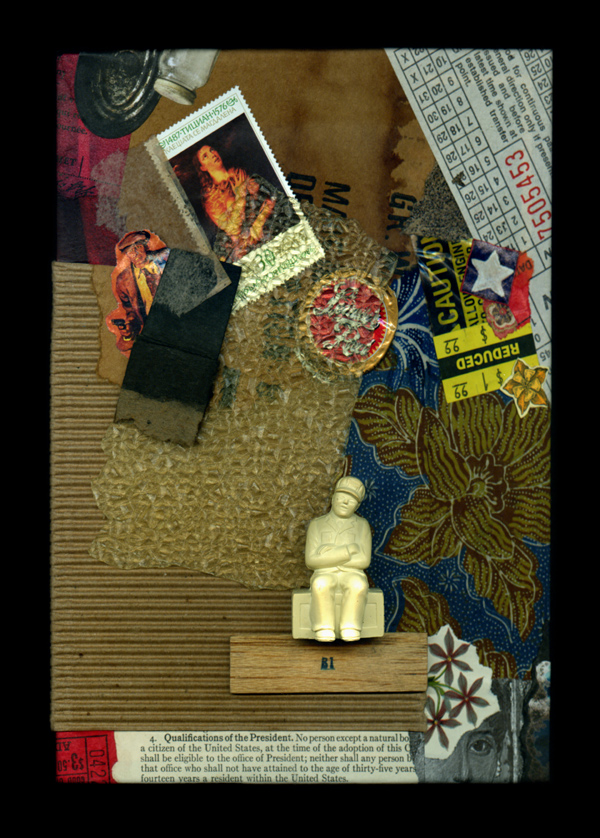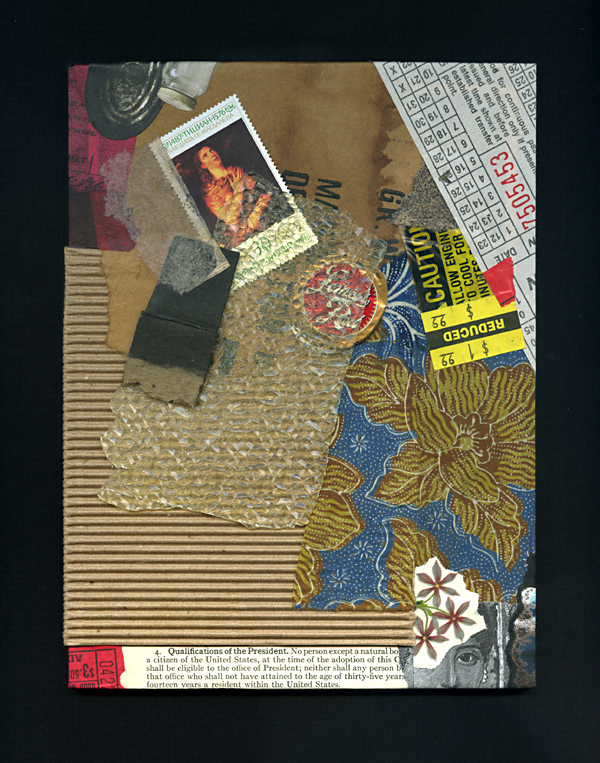“There has been an increased attention on collaborative practice in the arts in recent times with a perceived increase in artists working in groups or partnerships. For many other artistic enterprises, collaboration is the norm. Musicians form together into ensembles and bands; actors, writers and directors necessarily work in companies; and dancers, choreographers and musicians work in companies too, or in troupes. But for the visual arts the history of collaboration is less dominant, but perhaps, on the rise.”
— Kent Wilson, from the Central Highlands ArtsAtlas
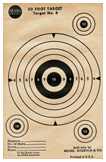 The Target Practice Project is certainly taking on a life of its own. L T Holmes has established a new blogsite and yesterday she kindly featured me as a “guest blogger.” Thank you, Laura, for your generous spirit.
The Target Practice Project is certainly taking on a life of its own. L T Holmes has established a new blogsite and yesterday she kindly featured me as a “guest blogger.” Thank you, Laura, for your generous spirit.
Several of my entries over the past weeks have illustrated thematic collaborations. How many other kinds are there at play in the contemporary collage scene? Please indulge me as I continue to count the ways.
There have been remarkable long-term projects such as Liz Cohn’s Playing with a Full Deck. The playing card format seems to be a perpetual stimulus to interesting collaborations in collage. And then there is always the creative teamwork that simply results from a meeting of improvisational minds. One artist will originate a piece and a partner will complete it. Sometimes the process works in both directions at once. In other cases, a collaborator will select ingredients in order that a fellow “chef” may prepare a delicious “entrée.” Zach Collins has devoted much of a Tumblr site to his prolific joint ventures. Musta Fior is internationally known for his many visual co-conspiracies. Below are representative products of collaboration in the medium that have recently caught the eye of The Collage Miniaturist.
Long have I been convinced that musicians had it all over visual artists when it came to the collaborative urge, but countless exponents of contemporary collage are helping to revise that perception. Ladies and gentlemen, keep jammin’ away!
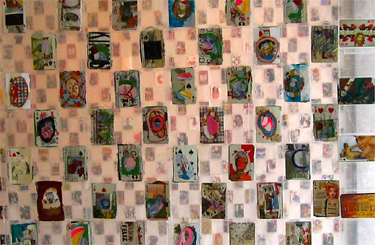
“Playing with a Full Deck” exhibit
altered playing card collaborations
Gallery 6 PDX, 2013
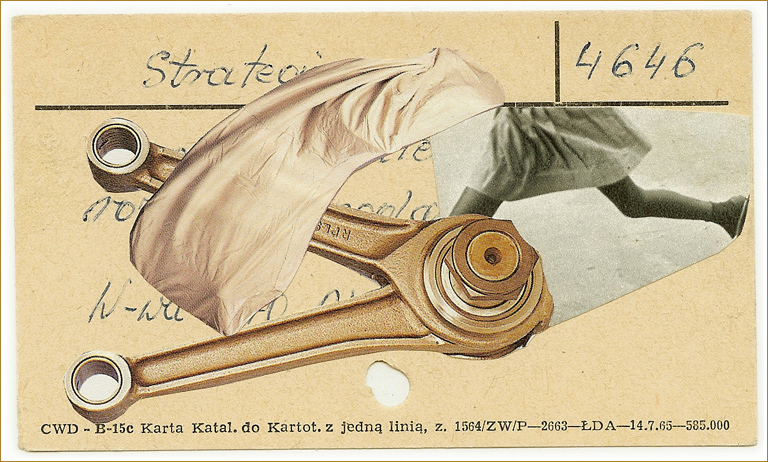
4646
collage collaboration
F Free + J Gall, date unknown
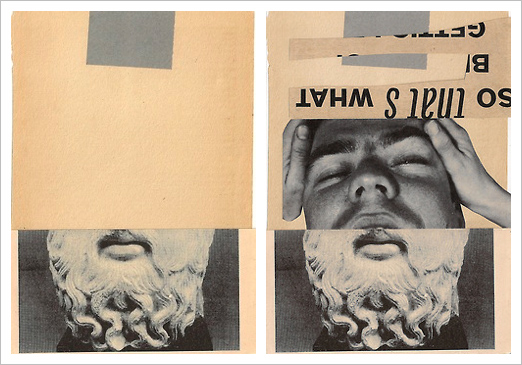
(start and finish, title unknown)
collage collaboration
start by A Bealy, finish by Z Collins, 2013
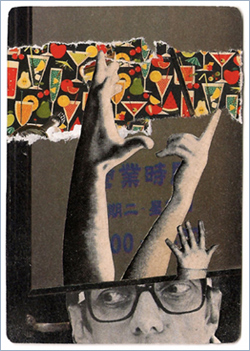
(title unknown)
altered playing card collaboration
start by G Stadler, finish by Z Collins, 2013
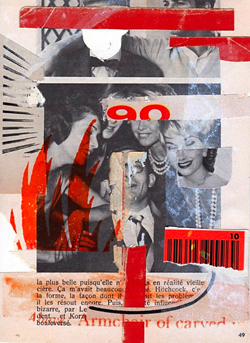
deception
collage collaboration
(©2013 Flore Kunst/Aaron Beebe)
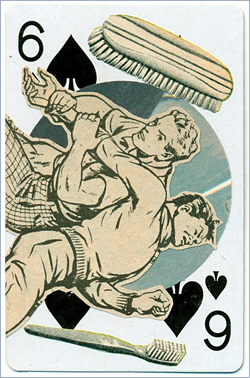
Cute commando 5
altered playing card collaboration
(©2013 Flore Kunst/Musta Fior)
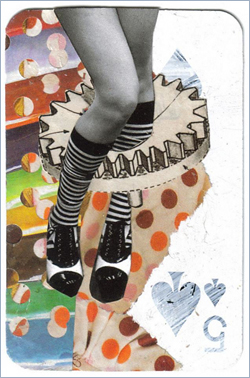
(title unknown)
altered playing card collaboration
M Fior + + L J Miller-Giera, 2013
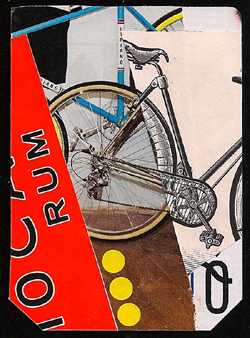
Ragbrai
altered playing card collaboration
T Tollefson + L J Miller-Giera, 2013
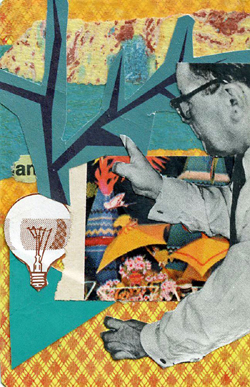
A Dreadful Idea
altered playing card collaboration
L T Holmes + C Chocron, 2013
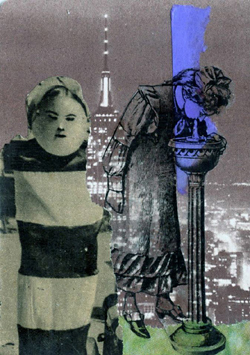
Bigger Than That
altered playing card collaboration
T R Flowers + L T Holmes, 2013
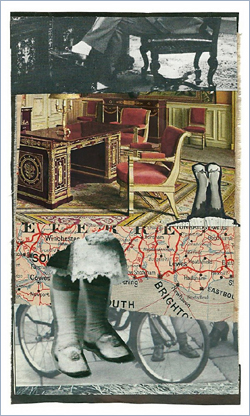
Channel Crossing
collage collaboration
start by J Ratouin-Lefèvre, finish by D Daughters, 2013
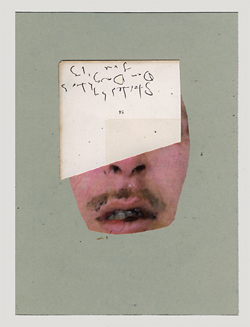
24.2
collage collaboration
D Daughters + I Reitemeyer, 2013
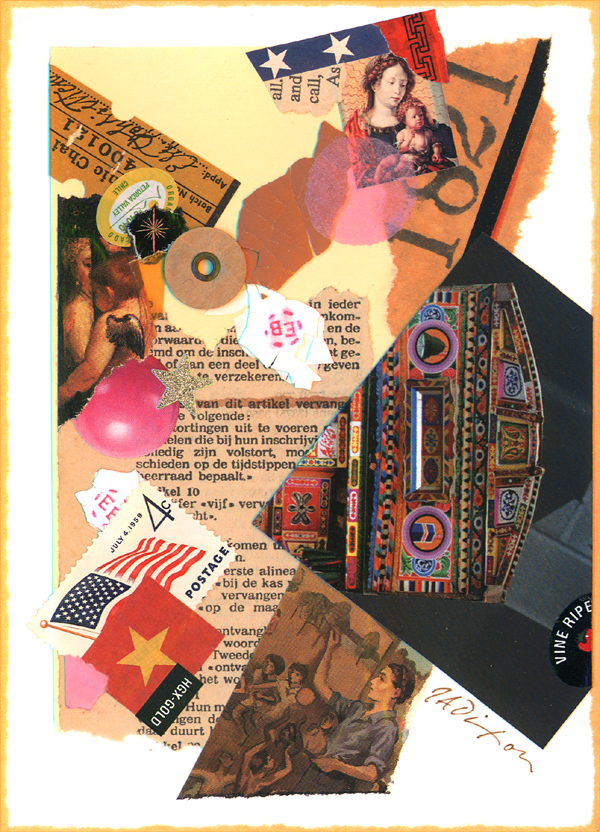
 Like many others, I spend prayerful time caring for a parent with progressive dementia. The other day I was trying to explain to my mother, in terms she could appreciate, my burning desire to make collage artwork, and, touching on her prevailing sense of confusion, talked about my creative activity as a way to bring some kind of harmony out of the chaotic stream of disorder that dominates so much of current stimuli in our daily lives. It brought to my awareness the motivation at the center of what I love to do, but also fell short of the clarity for which I was reaching. Over the next year, I hope to find better words which get to the heart of that idea — how I take what I can carry into a process that leaves thinking behind, a kind of sweet madness that offers explanations difficult for me to achieve any other way. Of course, this is not the only approach to the medium. I hope to profile more collage artists who use a different methodology than my own — the extraordinary minimalists, the dedicated aestheticians, and those who continue to harness a kind of thoughtful irrationality that keeps me in awe.
Like many others, I spend prayerful time caring for a parent with progressive dementia. The other day I was trying to explain to my mother, in terms she could appreciate, my burning desire to make collage artwork, and, touching on her prevailing sense of confusion, talked about my creative activity as a way to bring some kind of harmony out of the chaotic stream of disorder that dominates so much of current stimuli in our daily lives. It brought to my awareness the motivation at the center of what I love to do, but also fell short of the clarity for which I was reaching. Over the next year, I hope to find better words which get to the heart of that idea — how I take what I can carry into a process that leaves thinking behind, a kind of sweet madness that offers explanations difficult for me to achieve any other way. Of course, this is not the only approach to the medium. I hope to profile more collage artists who use a different methodology than my own — the extraordinary minimalists, the dedicated aestheticians, and those who continue to harness a kind of thoughtful irrationality that keeps me in awe.